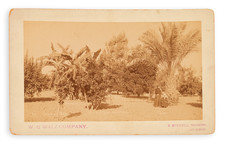The map shows the subdivision of tidelands and coastal land in South San Diego, centered on Chollas Creek.
The land in question is now part of Naval Base San Diego at the south end of Barrio Logan. The map illustrates the right of way for the California Southern Railroad.
Land owners listed include:
- H.P. Whitney
- Frances M. Hessell
- H.J. Phillips
- Thomas Goos
- Mrs. M.B. Cottrell
- E.R. Cassaday
- Mrs. S.E. Thomson
- Victor E. Mauger
- Daniel Choate (Partner of Alonso Horton -- see below).
- Mrs. S.J. Tedford
- Bryant Howard
Daniel Choate
Daniel Choate, born in 1827 in Kennebec County, Maine, ventured to California in 1849 during the gold rush. Initially panning for gold in Yuba, he soon transitioned to a mercantile business in Ophirville by 1851 and served as its U.S. Postmaster until 1866. In 1868, he partnered with his brother, Nehemiah, to open a clothing store in San Francisco. However, a 1869 visit to San Diego captivated him, leading him to permanently settle there and advise his brother to sell their joint venture.
In San Diego, Choate's focus shifted from merchandise to land. He was instrumental in real estate development, significantly influencing areas like University Heights and what is now known as City Heights. He partnered with notable figures like Cyrus Arnold and later with Arnold's sons. Choate's commitment to San Diego extended beyond real estate; he was one of the five original founders of the San Diego Chamber of Commerce in 1870 and served as the city's U.S. Postmaster from 1876 to 1881, and was active the creation of San Diego's first railroad.
His philosophy centered on the potential of San Diego. He strategically acquired land, especially areas at least a mile from "New Town" San Diego, and preferred local partnerships over dealings with absentee landlords. Married to Sarah L. Wilson, who had her own adventurous journey to California in 1849, Choate's life was one of vision and dedication to his adopted city. His passing on April 6, 1899, marked the end of a remarkable chapter in San Diego's history, but his legacy in shaping the city remains undeniable.









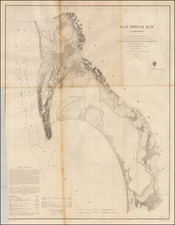
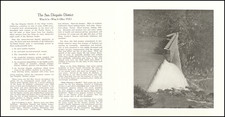
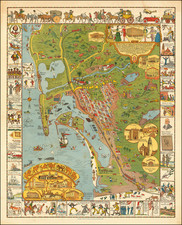
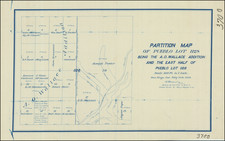
![[ Wetmore & Sanborn's Addition / Mount Hope Cemetery Central Park Addition ] Plat of Cemetery Road (Imperial Avenue)](https://storage.googleapis.com/raremaps/img/small/96533.jpg)
